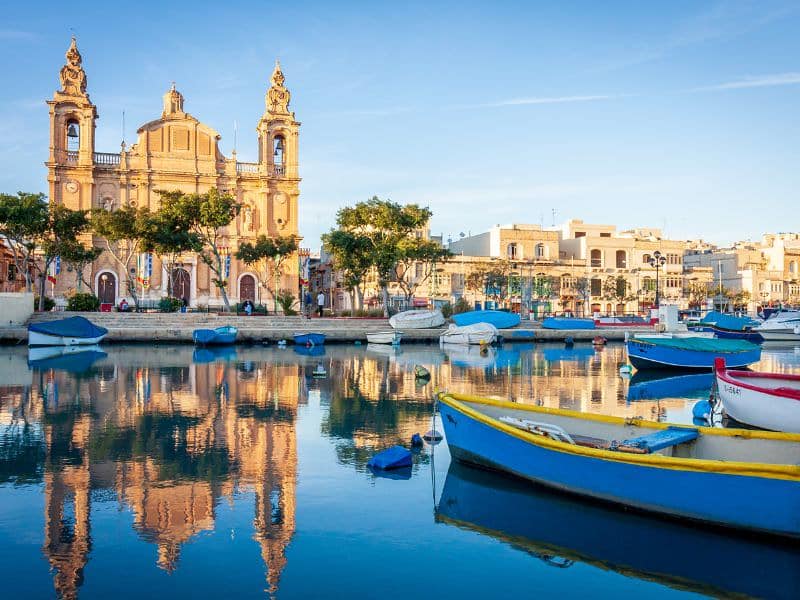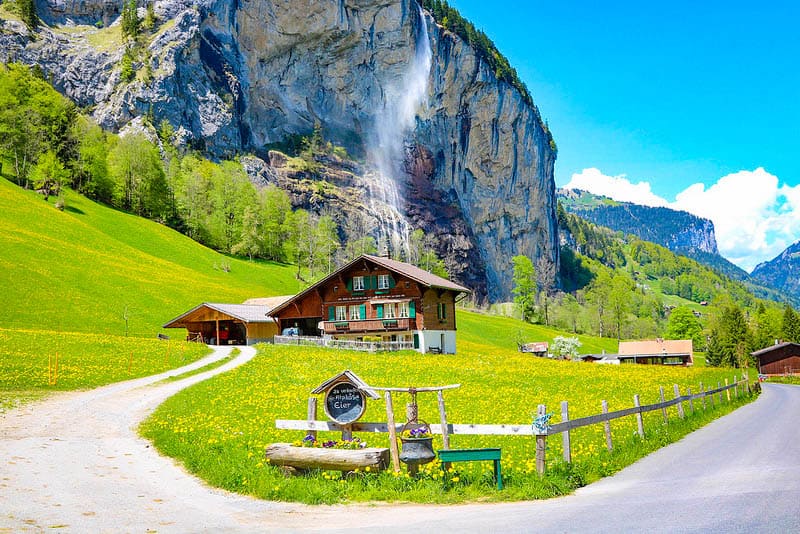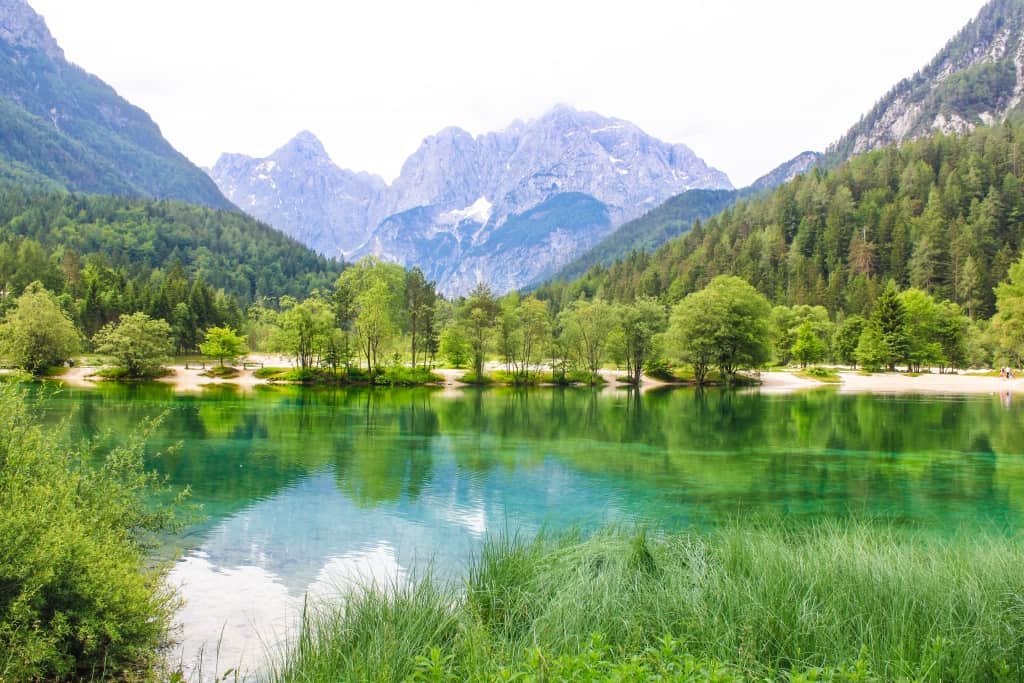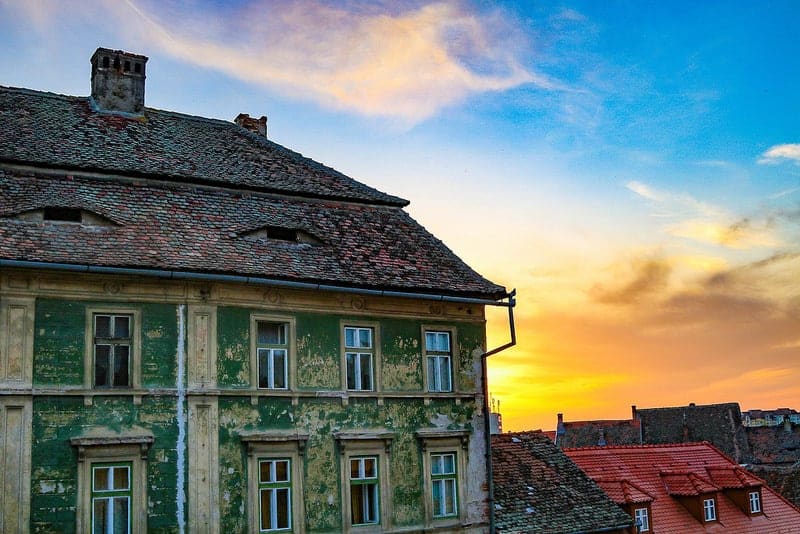One day in Pamukkale thermal pools is all you need
Find out how to spend one day in Pamukkale thermal pools – one of the most magical places in Turkey. In this post, you’ll learn how to get there, what to see, and everything else you should know.
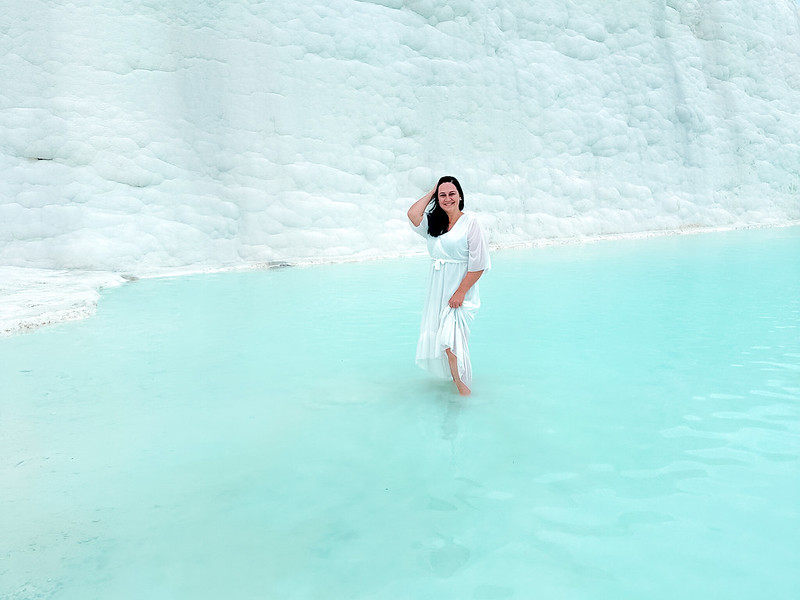
The first time I heard of Pamukkale was a few years ago.
Pamukkale hot springs, also known as Cotton Castle Turkey, is a UNESCO world heritage site, combined with the ancient Roman city of Hierapolis.
When I saw the turquoise water flowing in these milky white travertine pools down the hillside, I knew instantly that I needed to go there!
So, I recently went to Turkey with my oldest son and one of my besties, and we spent 1 day in Pamukkale.
In this post, I’ll share everything you need to know about visiting Pamukkale thermal pools Turkey in one day, including when to visit, where to stay and much more.
Let’s dive in!
Read next: The ultimate Istanbul, Cappadocia and Pamukkale itinerary
This post contains referral links for products I love. Adventurous Miriam earns a small commission at no extra cost to you if you purchase through my links. I appreciate your support ♡ Learn more
How to spend one day in Pamukkale
Are you visiting Pamukkale on a day tour from Izmir, Cappadocia, or somewhere else in Turkey ? Pamukkale is perfect for that.
It’s a 3-4 hour drive each way, and most tours leave early in the morning so you’ve got time to explore the thermal pools and Hierapolis.
In Pamukkale, I suggest starting at the town gate and make your way up the hill. Simply walk barefoot in the thermal pools. When you’ve reached the top, explore Hierapolis and Cleopatra’s Pool.
Return to the pools at the top (south entrance) for sunset (because you’ll definitely want to stay for that).
One day in Pamukkale itinerary:
- Start at the North gate (in town) and walk to the top
- Hierapolis, Cleopatra’s Pool and the amphi theatre
- Return to the pools at the South gate (at the top) for sunset


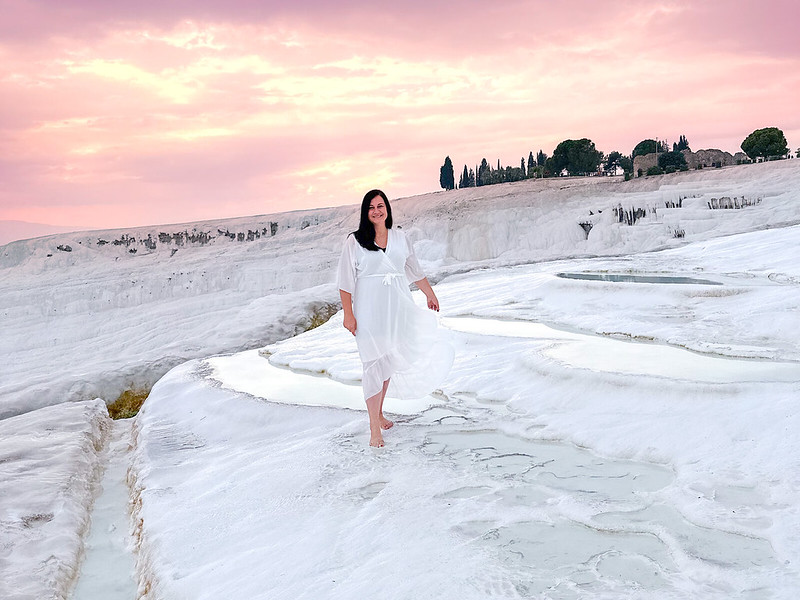
About Pamukkale
Pamukkale means “cotton castle” in Turkish, and it’s the perfect name.
The water in the Pamukkale hot springs is rich in carbonate, minerals, and calcium deposits, which creates that beautiful blue water.
As the water flows down the hill, the minerals harden and form the white calcium pools that Pamukkale is known for. It’s called travertine and is a type of limestone.
Read next: How to visit beautiful Salda Lake – the Turkish Maldives
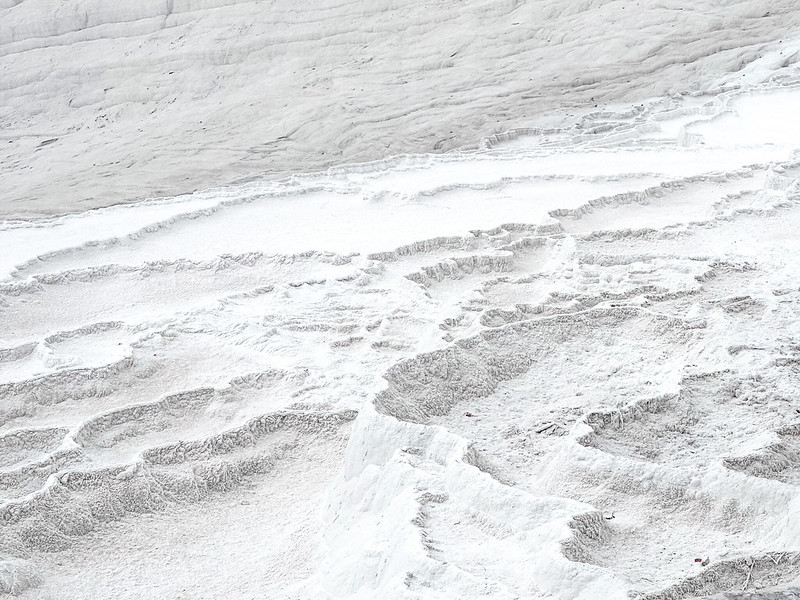
Pamukkale is more than 2000 years old
These white travertine thermal pools have been a tourist attraction since the 2nd century BC!
The Romans discovered the healing properties of the Pamukkale pools, so they used the thermal pools to cure anything from chronic disorders to skin diseases like eczema and psoriasis.
The Pamukkale hot springs were the centre of the ancient Roman city of Hierapolis, and the site became a sought-after spa destination. Cleopatra herself visited one of the most famous calcium pools in Pamukkale.
Read next: Is Pamukkale worth visiting? Everything you should know
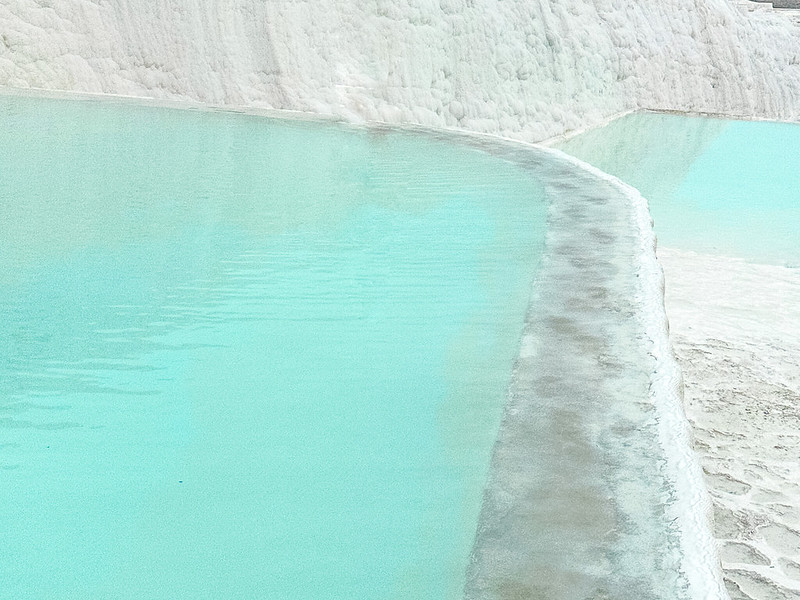
One day in Pamukkale
Where is Pamukkale Cotton Castle Turkey
Pamukkale is a small town about 20km from Denizli in the southwest region of Turkey.
The Pamukkale thermal pools are located on the hill above town. You’ll see them from afar when you arrive.
How to get to Pamukkale
Traveling to Pamukkale thermal bath is easy if you’re coming from larger cities like Istanbul, Cappadocia, and Antalya. There are several ways to get to the cotton castle in Pamukkale, including:
Flight:
You can fly to Denizli Cardak Airport, which is the closest airport to Pamukkale. From there, you can take a taxi or shuttle to the thermal pools.
Rental car:
If you prefer to drive, you can rent a car from any major city in Turkey and drive directly to Pamukkale. It’s a scenic drive with plenty of interesting stops along the way. Find the best deals on Discover Cars.
Organised day tour:
The most popular way to visit is on a Pamukkale day trip or a multi-day tour from major cities like Istanbul and Antalya. This is a great option if you want a hassle-free way to visit the thermal pools.
Bus:
Buses are a popular and affordable way to travel in Turkey. You can take a bus from most major cities to Denizli and then take a shuttle or taxi to Pamukkale.
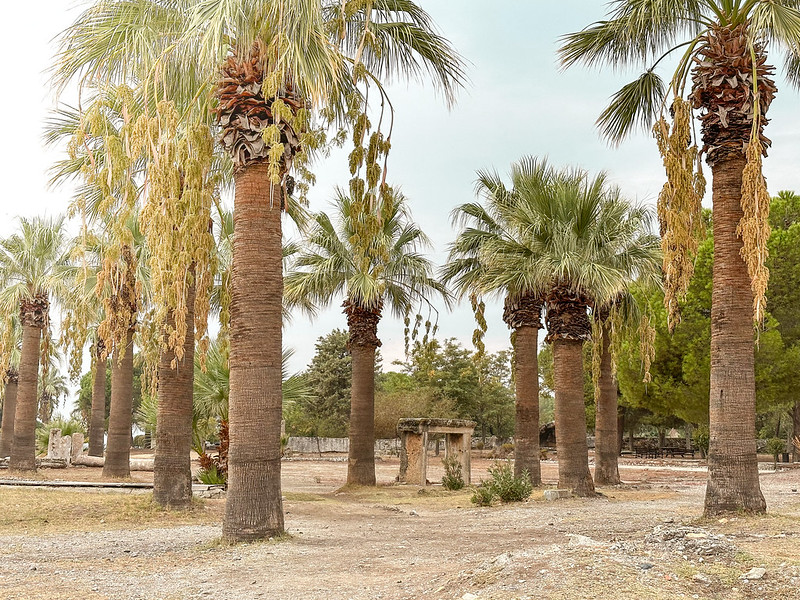
How to plan a Pamukkale day tour
As I mentioned above, most people visit Pamukkale on an organised full day tour.
All organised tours start early in the morning and you’ll drive for 3-4 hours before you reach Pamukkale. You’ll return in the evening, about 11-12 hours later, depending on your origin.
Some day tours from the coast area include a visit to Ephesus (UNESCO) or Lake Salda (hidden gem). Both are great side trips as long as they don’t take away too much time from Pamukkale.
I’ve handpicked the best day tours to Pamukkale for you that give you time to enjoy the white travertine terraces, Hierapolis and Cleopatra’s pool.
- Day trip from Antalya to Pamukkale (⭐5.0 – Viator Badge of Excellence)
- Day trip from Izmir to Pamukkale (⭐5.0 Viator Badge of Excellence)
- Day trip from Selcuk to Pamukkale (⭐4.5)

Best time to visit Pamukkale thermal pools
The best time to visit Pamukkale is in May, September and October, which is the shoulder season.
I went in October and it was perfect: 23 degrees and the crowds were tolerable.
There aren’t as many tourists around, and hotel prices are more reasonable. The weather is also nicer, so you can enjoy your time without feeling too hot or sweaty.
The busiest time to visit Pamukkale is from June to August, but I don’t think it’s the best time to go. It’s super crowded, and the hotels jack up their prices, which is a bummer. Plus, it’s really hot during these months, so it can be tough to explore.
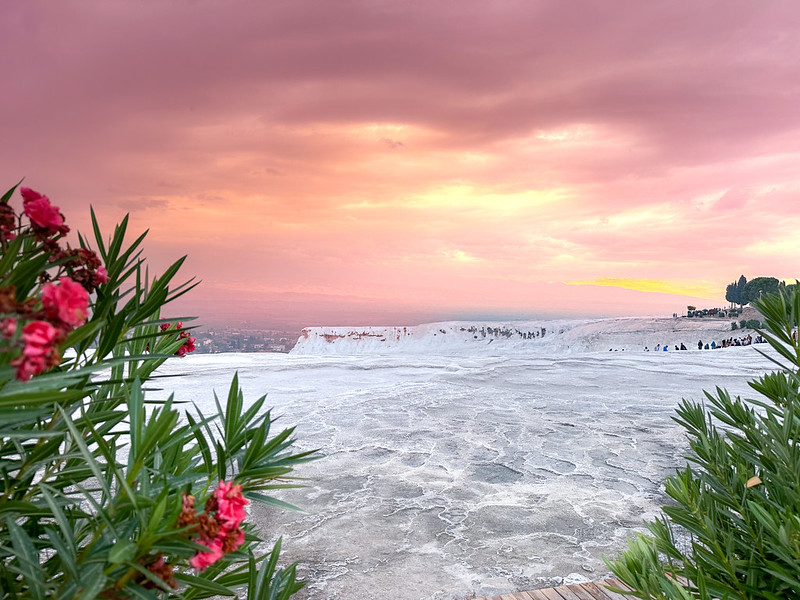
Best time of day to visit Pamukkale Cotton Castle Turkey
The best time of day to visit Pamukkale is at sunset.
If you’re spending the night in town, be sure to watch the sunrise, too, although the light isn’t as good in the morning hours. Sunrise is the perfect time to see the hot air balloons fly over this otherworldly attraction.
As the sun rises, the sky lights up with dusty pinks and oranges in the most beautiful way. While the main Pamukkale travertines will be in shadow at this time of day, the view over the valley and the hot air balloons is breathtaking.
Sunset is my favourite time to visit, as the light reflects in the pools. This is the perfect opportunity to snap some amazing cotton castle Turkey pictures.

Pamukkale Cotton Castle opening hours
- Opening hours: 6:30 AM to 8 PM
- Hierapolis Archaeology Museum: 8:30 AM to 7 PM
- Cleopatra’s Pool: 9 AM to 8 PM.

Pamukkale Cotton Castle Turkey entrance fee
- Pamukkale travertines and Hierapolis: 110 TRY per person
- Hierapolis Archaeology Museum: 8 TRY
- Cleopatra’s Pool: 100 TRY per person + 5 TRY for locker
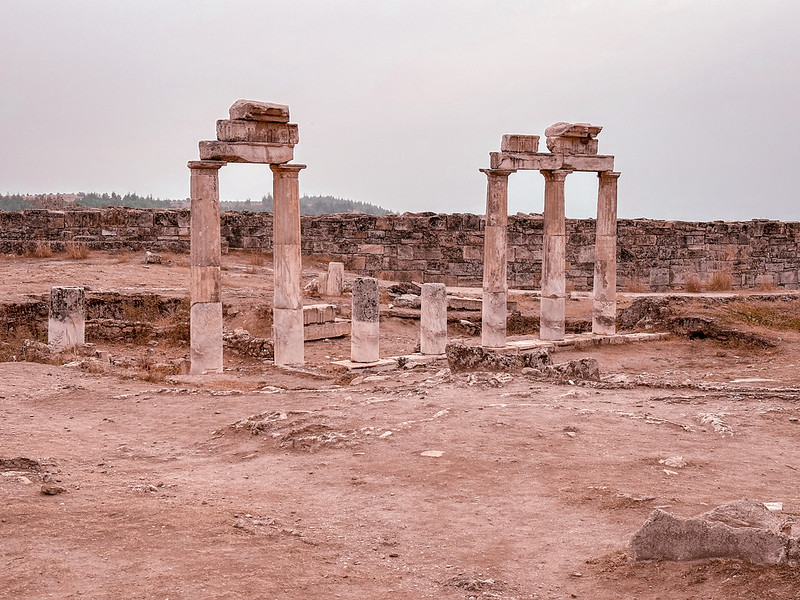
There are two entrances
It’s important to know that the Pamukkale thermal pools have two entrances, each with different opening times. Here’s what you need to know:
Pamukkale South Entrance (at the top):
Opening times: 6:30AM – 9PM
If you want to enjoy the sunrise at the Pamukkale cotton castle, start at the South entrance (at the top). From there, you can make your way through the Hierapolis ruins to the Pamukkale hot springs and enjoy the sunrise while watching the hot air balloons fly overhead.
Pamukkale North Entrance (at the bottom):
Opening times: 8AM – 9PM
The North entrance (in town) is easily accessible by foot from any hotel in the small town of Pamukkale. It’s located just below the hill and is the main entrance to the cotton castle Turkey.
Safety at Pamukkale in Turkey
Pamukkale is generally a very safe place to visit, like many other non-touristy cities in Turkey. The locals are friendly and genuinely helpful, and you won’t have to deal with touts disguised as helpful locals, like in some other touristy places.
The pools are slippery
When you enter the Pamukkale thermal pools from either the north entrance (town) or the south entrance (at the top), you’ll need to take off your shoes. This is to preserve the calcium deposits in Pamukkale.
Be careful because the ground is slippery and sharp in some areas. I saw a man fall on his behind and I felt how slippery it was. Watch out.
Keep a distance to the edge
Also, make sure you’re not too close to the edge. It’s quite steep and the ground is slippery.
Protect the pools
As you walk along the wooden boardwalk just above the Pamukkale thermal pools, you’ll see signs instructing you to stay off some of the travertine pools.
Due to over-tourism, some of the pools are eroding and drying up. So, it’s important to follow the rules and avoid walking on those pools.
Let’s all do our part to preserve the world’s natural wonders 🤍
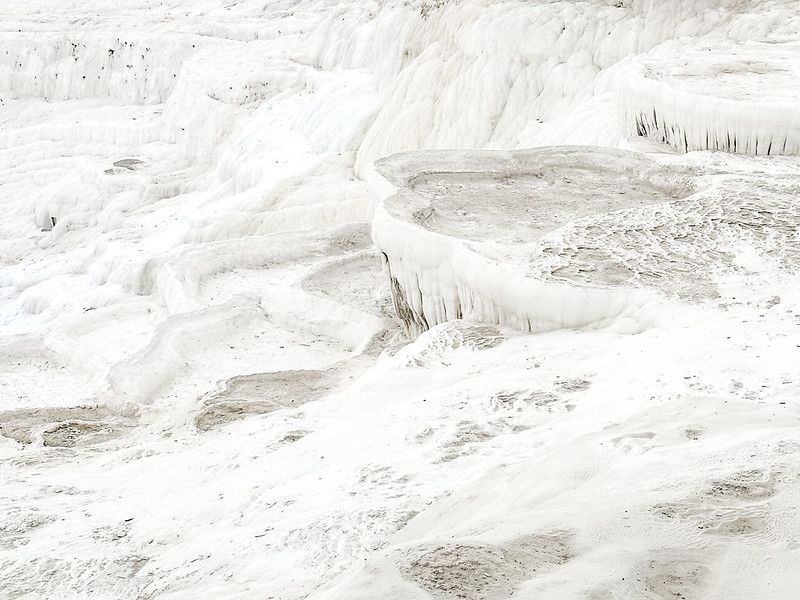
Where to stay in Pamukkale
If you’re spending the night in Pamukkale, The Pamukkale Whiteheaven Suite Hotel is one of the best options.
Pamukkale Whiteheaven Suite Hotel (⭐ 9.5) is a highly-rated hotel, just a 5-minute walk from the town entrance of the Pamukkale hot springs. It has a large outdoor pool, a sun terrace, and a peaceful garden where you can relax after a day of exploring.
The hotel also offers a wellness centre, free parking, and an airport shuttle for added convenience. Check rates and availability here.

pamukkale travel guide
💭 Things to do in Pamukkale Turkey
Pamukkale is a (very) small town and its main attraction is the Pamukkale hot springs and the ancient city of Hierapolis. This is what to see and do on your pamukkale tour:
1. Pamukkale travertine pools
The Pamukkale travertine pools are a UNESCO World Heritage Site and one of the most unique places in the world. It kind of reminded me of the magical Uyuni salt flats, although they’re two different things.
You’ve most likely seen photos of the Pamukkale terraces filled with blue, milky water, but you should know that many of the pools are dried out. There’s still water in some of them, but you should lower your expectations so you won’t be disappointed.
Once you enter the thermal waters, you’ll need to remove your shoes. You can then walk through the pools barefoot for a spa-like experience and make your way up or down the hill.
Once you reach the end, you can put your shoes back on and walk on the wooden boardwalk.

2. Cleopatra’s Pool Turkey
Cleopatra’s Pool, also known as the Antique Pool, is a man-made bath right next to the thermal pools (south entrance, at the top).
It’s connected to a natural thermal water source and is said to have healing properties. The pool is named after Cleopatra, who is rumoured to have bathed here.
The entrance fee to Cleopatra’s Pool is not included in the Pamukkale hot springs fee, so you’ll need to pay separately if you want to swim. You can visit for free if you’re not going in the water.
The water hovers around 36 degrees Celcius, which is comfortable without being too warm. The best time to visit the ancient Roman baths is in the early morning before groups tours start to arrive. The pool opens at 9 am and stays open until 7 pm.
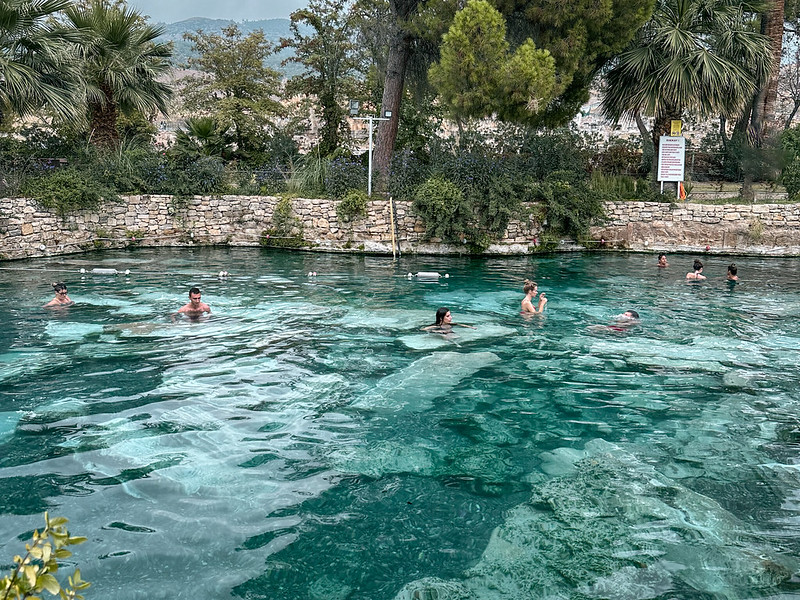
3. Hierapolis ancient city
Right next to Cleopatra’s pool and the white travertines lies the ancient ruins of Hierapolis, an old Greek city that was built around 190 BC. That means loads of ancient folks and travelers probably stopped by Hierapolis for a visit.
The city has a big necropolis, which is basically a graveyard, that tells us a bit about the people who used to live there. Turns out, most of them were retirees who wanted to get away from the busy Greek cities and chill out at the spa.
As you make your way into Hierapolis ancient ruins city, you’ll notice several ruins and columns lining the road on both sides. There’s also what appears to be a Byzantine Church that you can wander around in.
It’s a pretty cool spot, but be warned: there isn’t much shade around, so if you’re visiting Pamukkale during the summer months, make sure you’re prepared for the heat.
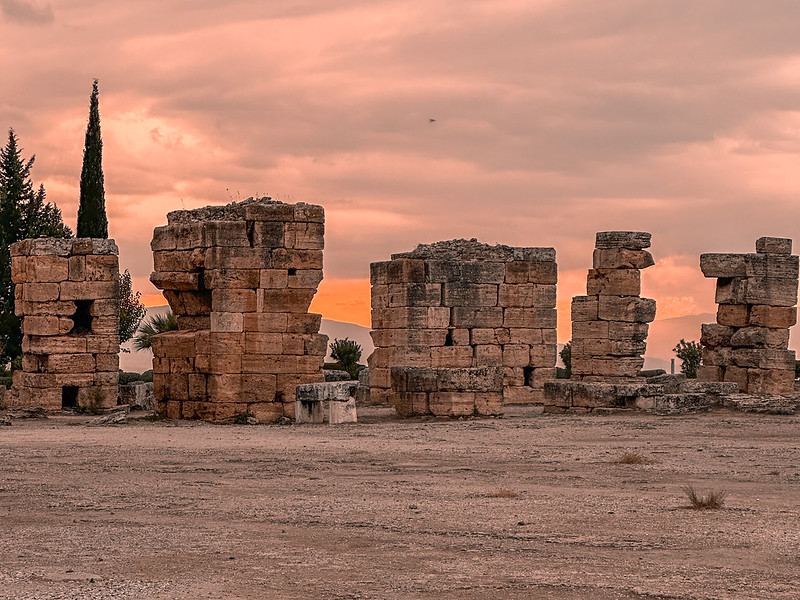
4. Pamukkale theatre
The Great Theatre of Hierapolis is one of the coolest things to see in the ancient city. It’s a huge amphitheater that was built by the Roman Empire way back in the 2nd Century AD.
The ancient theatre could fit over 15,000 people, which is pretty impressive if you ask me.
When you’re standing inside, you can really feel how massive it is and imagine what it must have been like to watch a show with that many other people.
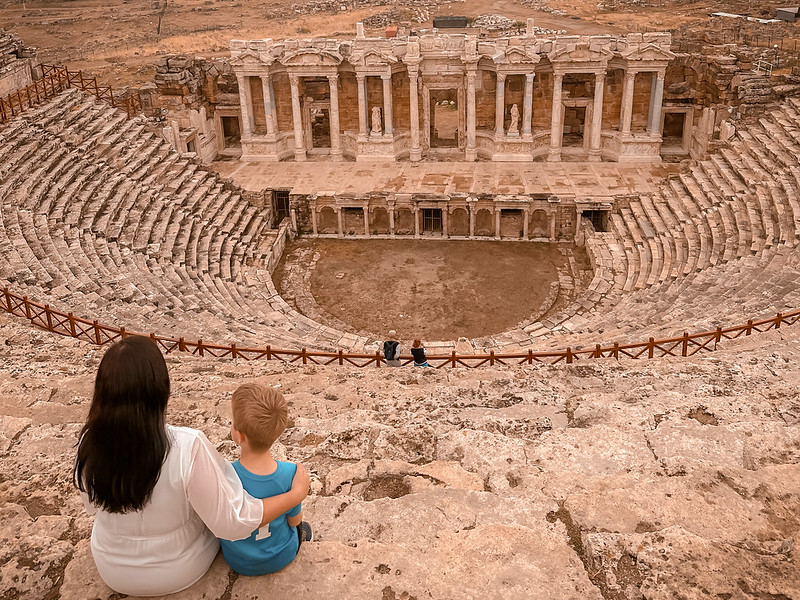
5. Take off on a sunrise hot air balloon ride
If you’re looking for a magical experience in Pamukkale then a sunrise hot air balloon ride in Pamukkale (⭐4.5) might just be for you.
Imagine the sky at sunrise, painted with dusty pinks and oranges, as you float above the Pamukkale hot springs in a hot air balloon.
The ride lasts for 35 minutes, but you’ll have to rise and shine early, since some rides start as early as 4:30 AM in the summer. When you land, you’ll get a glass of champagne! Check rates and availability here.
🤍 If you’ve already ticked off the Cappadocia balloon ride from your bucket list, then you might want to skip this one. But if you’re a hot air balloon enthusiast or just love a good adventure, then this is definitely worth considering!
6. Try a paragliding tour
You can also try paragliding (⭐5.0) if that’s more your thing.
The team will take you up to a nearby hill and give you all the gear you need, along with an experienced instructor to help you out.
Then you’ll launch off from a cliff and glide through the air for about 15 minutes, taking in the bird’s eye view of Pamukkale and Hieropolis.
The tour is with Viator and comes highly rated. Just check out this 5-star review:
Exhilarating experience
Jennifer_U, Mar 2023 – see reviews here
Great communication from the team. The flight was problem free and they were very professional , and felt safe while airborne. The feeling is exhilarating ! They took video and pictures which they can then upload to your phone once you finish your flight.
What to wear to the Pamukkale hot springs
There’s a few things you’ll want to bring with you to Pamukkale. If you’ve got a small backpack, bring that too as you’ll be walking in water and need a place to store your shoes, towel and clothes.
Pamukkale packing list:
- Shoes or sandals
- Dress: wear a mini dress so it won’t get wet in the water
- Swimsuit: wear it underneath your clothes
- Sunglasses
- Camera or your phone (I used my iPhone to take all photos)
- Water bottle: bring an insulated water bottle like the Hydro Flask Trail Water bottle to keep water cold for over 12 hours.
- Daypack: bring a small backpack for your camera, towel and shoes.
- Microfibre towel: bring a light, easy-to-dry towel that can be compressed to save space in your backpack.
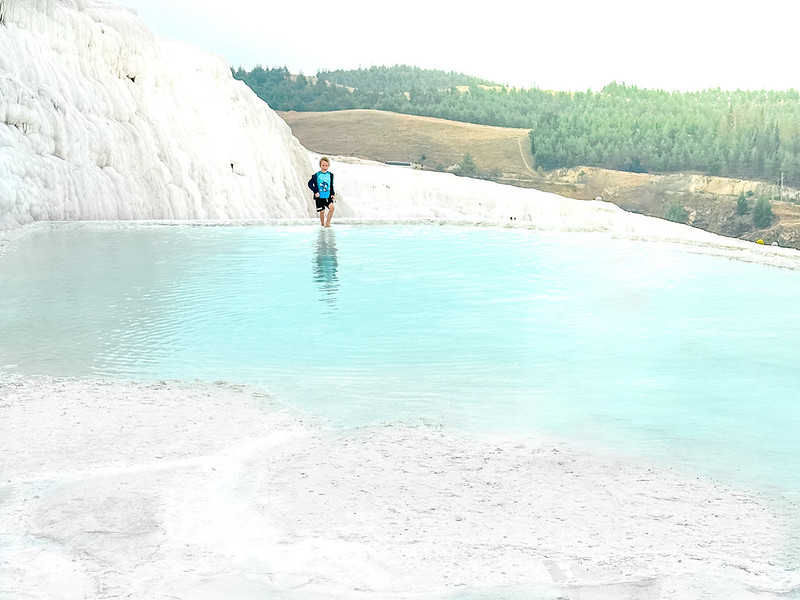
Is Pamukkale worth visiting?
Absolutely! I spent an entire one day in Pamukkale and Hierapolis and loved it! It’s 100% worth visiting.
You should know, though, that Pamukkale is no hidden gem. There are lots of people there, even when I visited in October, there were hundreds of people. But many of them leave before sunset, which is the best time to be there.
Also, although not all the pools are filled with water anymore, the white calcium formations are still unique and definitely worth seeing!
Read next: Is Pamukkale worth visiting? Everything you should know

Where to next?
⛰️ Cappadocia
Want more of Turkey?
Consider adding Cappadocia to your Turkey itinerary. Just as Pamukkale is one of a kind, so is Cappadocia and its hundreds of valleys.
Make sure to visit the Red valley (on the photo below), and the iconic Love valley. The highlight of Cappadocia (aside from the fairy chimneys and valleys) is flying a hot air balloon at sunrise.
This is the most magical way to experience Cappadocia.
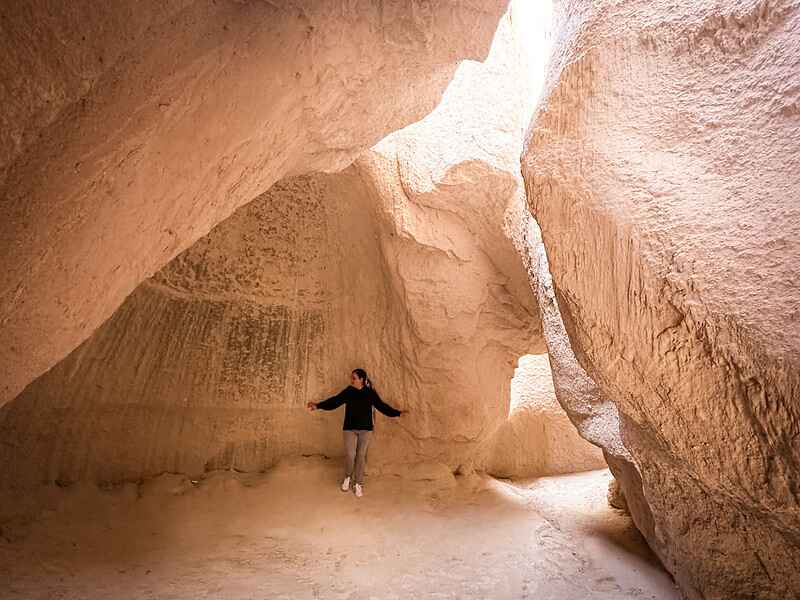
🐠 Bodrum
I’d also like to highlight Bodrum.
Even though we were only there for a few days, I really loved the atmosphere and the small town feel.
Known as the unofficial ‘Saint Tropez’ of Turkey, Bodrum is the perfect place to go sailing or relaxing at one of the many beautiful beaches.
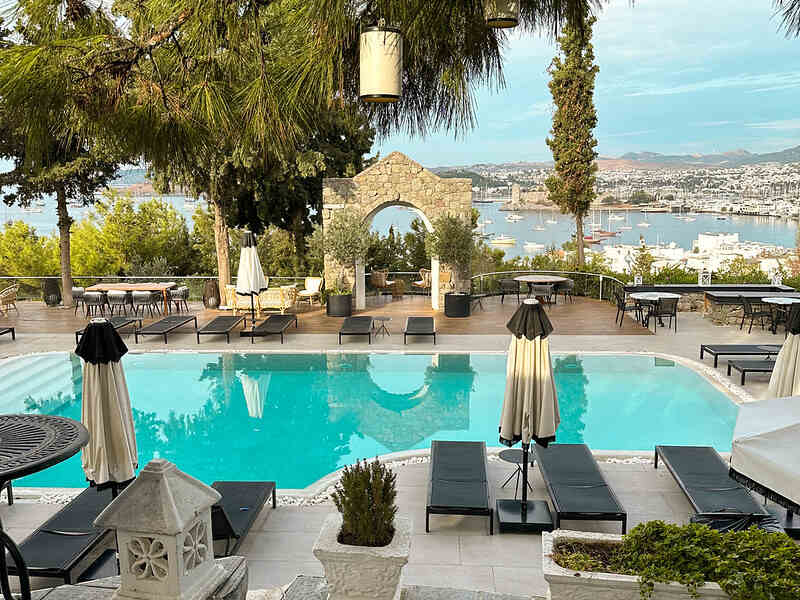
FAQ about Pamukkale calcium travertines
Is 1 day enough in Pamukkale?
Yes, one day is enough to explore the main attractions of Pamukkale, including the white travertine pools, the ancient city of Hierapolis, and Cleopatra’s Pool.
You can also take a sunrise hot air balloon ride or try some local cuisine.
While you can certainly spend more time in the area if you have it (Lake Salda), one day is enough to see the highlights and get a good sense of the natural beauty and history of Pamukkale.
How can I spend a day in Pamukkale?
This itinerary will give you a chance to experience the natural beauty of Pamukkale from a hot air balloon and see the main attractions of the area, including the thermal pools, ancient city of Hierapolis, and Cleopatra’s Pool.
1. Start your day with a sunrise hot air balloon ride over Pamukkale for a breathtaking view of the area.
2. Afterward, head to the Pamukkale thermal pools and enter through the south gate for the best view of the terraces.
3. Explore the ancient city of Hierapolis next to the pools, including the amphitheater, Necropolis, and Hierapolis Archaeology Museum.
4. Take a dip in the hot springs and visit Cleopatra’s Pool.
How much time do I need in Pamukkale?
One day in Pamukkale is enough to explore the main attractions of the area, including the white travertine pools, the ancient city of Hierapolis, and Cleopatra’s Pool.
If you want to spend more time in the area, you can take a sunrise hot air balloon ride and explore the surrounding countryside.
Can you do Ephesus and Pamukkale in one day?
Yes, you can visit both Ephesus and Pamukkale in one day by taking a day tour.
You’ll need to leave early in the morning and visit the ancient city of Ephesus and then head to Pamukkale to see the white travertine pools, the ancient city of Hierapolis, and Cleopatra’s Pool. It will be a busy day, but it’s definitely possible!
These are the best one day tours that include Ephesus:
– From Istanbul to Ephesus and Pamukkale: Book your one day tour.
– From Izmir to Ephesus and Pamukkale: Book your one day tour.
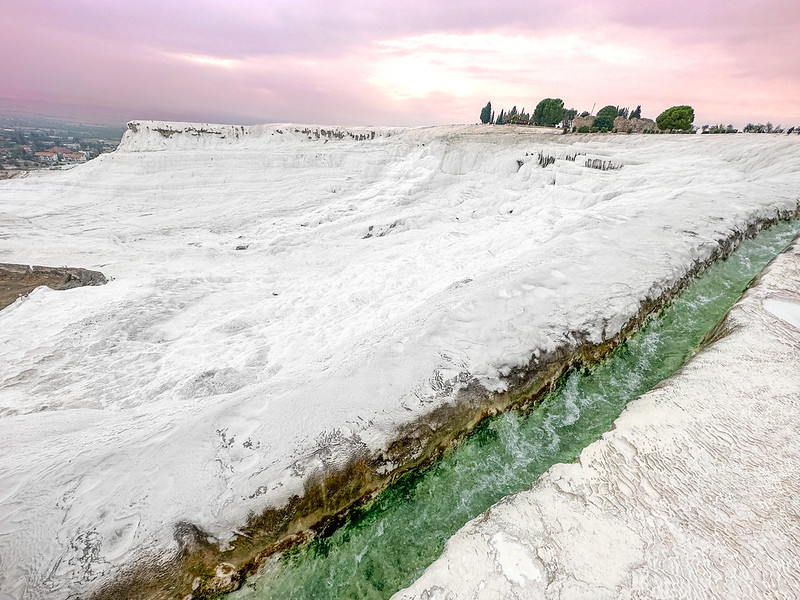
How much does it cost to go to Pamukkale Thermal pool?
This is the price to enter Pamukkale thermal pools and more:
– Pamukkale travertines and Hierapolis: 110 TRY per person
– Hierapolis Archaeology Museum: 8 TRY
– Cleopatra’s Pool: 100 TRY per person + 5 TRY for locker
Can you swim in Pamukkale thermal pools?
Yes, you can swim in Pamukkale thermal pools. The water is warm, but not very deep. You can sit in the water or lie on your stomach.
What is the temperature of the Pamukkale thermal pools?
The water in Pamukkale’s thermal pools is naturally warm all year round. The terraces are fed by 17 hot springs, which have temperatures ranging from 35 to 100 degrees Celsius (95-212 Fahrenheit).
So, you can take a dip in the pools and enjoy the warm water no matter what time of year you visit.
More posts from Turkey you might like
- The ultimate 7 day Turkey itinerary
- The ultimate Istanbul Cappadocia Pamukkale itinerary
- 10 best Cappadocia valleys you should visit
- Is Cappadocia safe to visit? Latest safety advice
- 20 best Turkish dishes you should try
- 12 most famous mosques in Istanbul you should visit now
- Perfect 1 day Istanbul itinerary: 12 best places to visit
- How to spend amazing 3 days in Istanbul
- 10 reasons to visit Istanbul
Save it!


